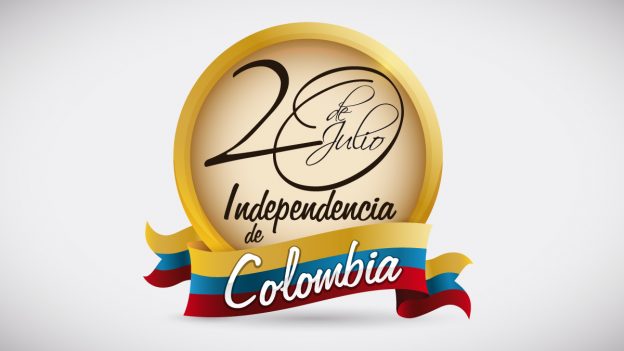Colombia celebrates its independence every 20th of July, marking the day in 1810 when Colombians in Bogota started a revolt in the streets against Spanish colonization.
Flower Pot: Cause of Colombian Independence?
The uprising in Bogota was triggered by a flower pot. It was a plot by the Criollos to provoke local entrepreneur Jose Gonzalez Llorente and instigate the locals. The Criollos approached the businessman to let them borrow a flowerpot, although they knew so well that he would refuse. The criollos broke the vase, provoking the merchant and prompting people to attack him. That afternoon, a junta led by José Acevedo was organized and ordered the capture of Viceroy Aman y Borbon and his officials. It also cut its ties with Seville Regency Council and proclaimed independence from Spanish rule.
Important Personalities of Colombian Independence
Policarpa Salavarrieta, also known as La Pola, spied for the Revolutionary Forces. She also recruited young men to join the Revolutionary Forces. Her portrait is on the obverse of the Colombia Diez Mil Pesos banknote from 2014. The note’s reverse is Edward Walhouse Mark’s 1846 painting “Escena de Mercado” which illustrates a goat, a sheep, and people in the village of Guaduas, the birthplace of Policarpa.
Simon Bolivar has been the face of Venezuelan banknotes, being the country’s liberator from Spain. This Venezuelan revolutionary also appears on the obverse of some Colombian banknotes such as on this 2,000 pesos oro note that from 1990. Simon Bolivar also led the Colombians to their independence from Spanish rule. He is the then leader of the Revolutionary Forces and the first president of the Republic of Colombia.
On the Colombia 2,000 Pesos Oro Banknote is a portrait of the liberator wearing a military uniform. He also stands with a woman carrying a suckling baby and a man kneeling before him. The reverse of the note features the Paso del Paramo de Pisba painting by Francisco Antonio Cano. It also displays a document and the seal of the Bank of the Republic depicting the head of Liberty.







